Re-birth by fire
Controlled burns promote natural health; rejuvenates flowers, forbes
By Amie Johansen
amie@charlescitypress.com
As the ground thaws and grasses dry out, plumes of white smoke can be seen billowing over various portions of the county. For many outdoor enthusiasts, this time of year is not just spring, it’s burn season. Wind conditions pending, now is the ideal time to complete controlled burns.
“May 15 is the official start of nesting season, so people are encouraged to stop burning by then,” Private Lands and Pheasants Forever Biologist Dan Borchardt said.
Izaak Walton League member Jon Schneckloth and his wife Ann took advantage of Tuesday’s weather to complete a prairie burn of roughly 15 acres.
“There’s a website through the National Weather Service that will tell when you it’s a good time to burn,” Schneckloth said.
Schneckloth was concerned not only about wind speed, but wind direction as well.
“Because of our neighbors, I didn’t want to flood them with smoke,” he said.
Besides the challenge of having good weather conditions, it can also be difficult to have enough people helping.
“The problem with a burn, you have to do it when the weather is right and the help is right,” Schneckloth said. “You have to be able to call people on a moment’s notice.”
Schneckloth enlisted the help of roughly a dozen people. District Forester Greg Heidebrink was responsible for starting each section on fire. Others drove rangers equipped with water tanks to help keep the fire within the designated area. More volunteers walked behind the water tanks with rakes and flappers to put out any small flames.
One reason for a burn is to promote growth of flowers and forbes.
“I’ve always been told if you want grasses to appear mow it, if you want flowers to appear you burn it,” Schneckloth said.
According to Schneckloth, the particular piece of prairie that was burned Tuesday should
have a variety of flowers.
“So, two years ago we burned it, then three or four days later we seeded it,” he said. The planting was completed with help from Pheasants Forever. At the time of the planting Borchardt told Schneckloth to give the prairie a year or two before expecting to see it covered with wildflowers. When the flowers did not make as strong of an appearance as hoped, Borchardt advised Schneckloth to burn the plot again.
“(The fire will) slow the grasses, we’re hoping that we’ll see more forbes and flowers,” Schneckloth said.
Before human intervention, burns were a natural part of wildlife and habitat rejuvenation.
“Mother Nature used to do it with lightning strikes,” Schneckloth said. “She isn’t always going to create a fire where we want it.”
Since Schneckloth initiated the burn, he will now allow nature take its course.
“The next management step with that is let mother nature take care of it,” he said.
Borchardt agreed.
“Just let it come back on its own and probably in another three to four years consider burning again,” he said.
Although fire is used to promote wildlife habitat, immediately after a burn, some wildlife is displaced.
“There is a potential for some loss,” Borchardt said. “The real goal is to improve the habitat so some loss is acceptable because of the improvement of habitat.”
Before long, the prairie will be rejuvenated and any wildlife that left the prairie during the burn will be able to return. Once the flowers and forbes are better established, controlled burns will only be done less frequently — every three or four years instead of every two — and only on portions of the prairie.
“In their case, possibly splitting (the prairie) in half might be a good choice,” Borchardt said. “The reason they did the whole thing this time is they are trying to establish the newly seeded flowers.”
By burning only a portion at a time, wildlife will be able to seek refuge in the unburned portions of the prairie.
“(Splitting the burn in half) you’re offering refuge for both wildlife and insects,” Borchardt said. “For instance, for insects, if you burn it all in one year, you may be harming the entire population, whereas, if you burn half, half the population could jump across the line when new habitat is formed.”
Breakout
Before burning, contact the police or sheriff’s department and the fire department. Tell authorities of the location and the duration of the burn. Passersby might see smoke and report the fire. If authorities respond to a controlled a burn a fine could be issued.

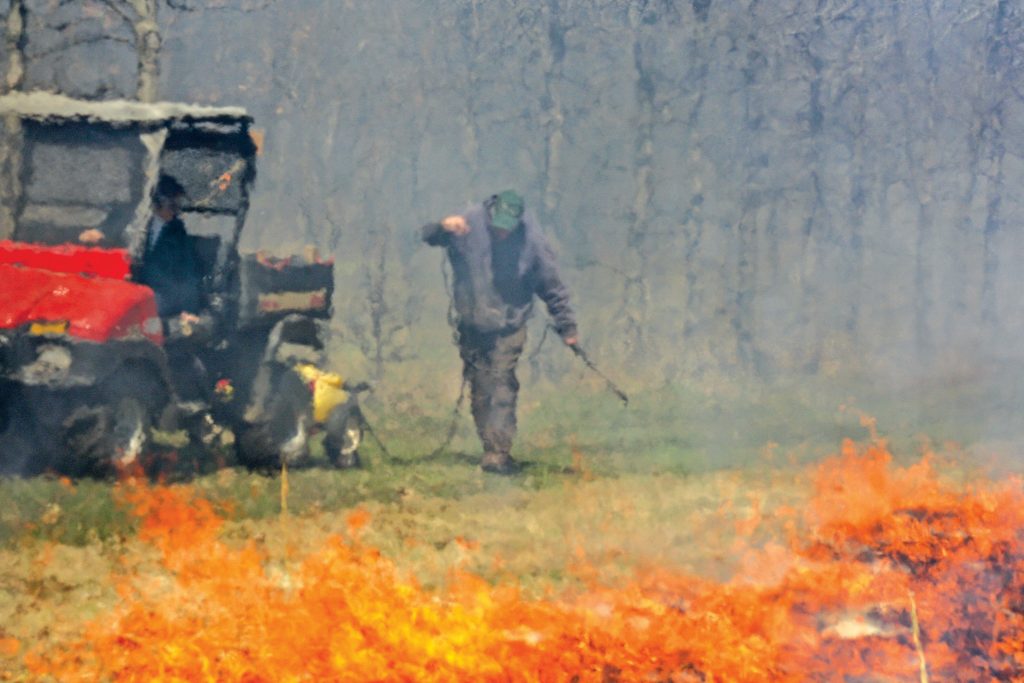
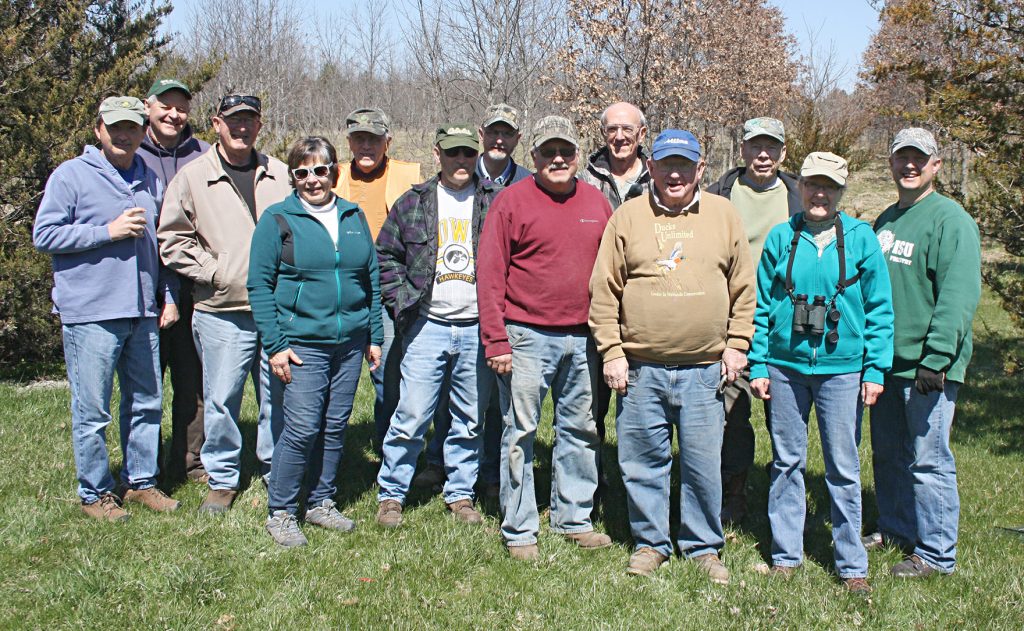
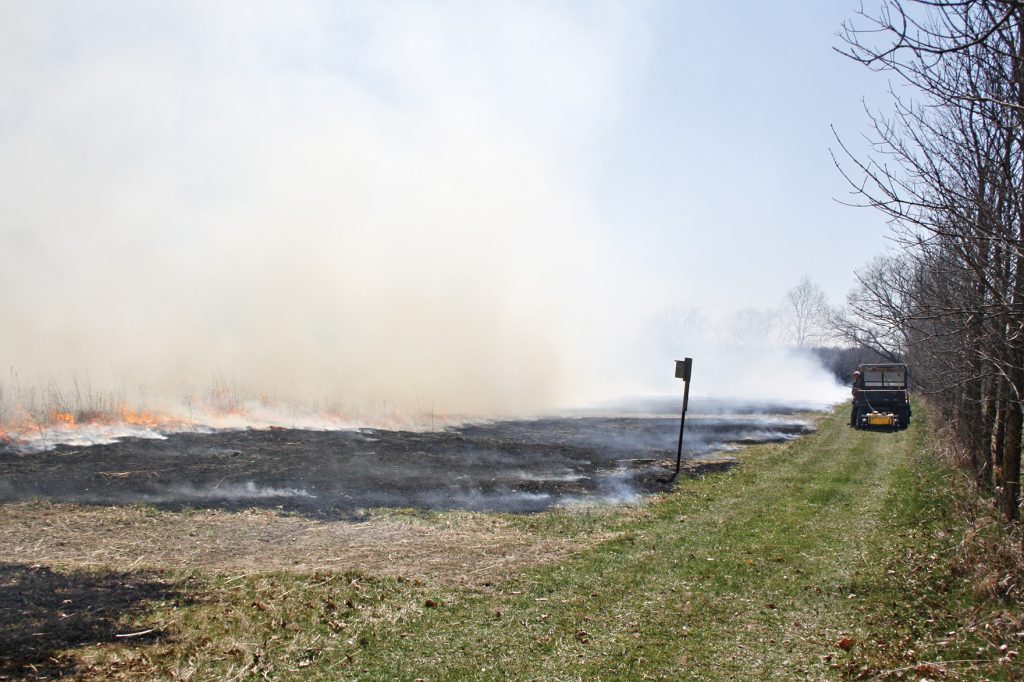
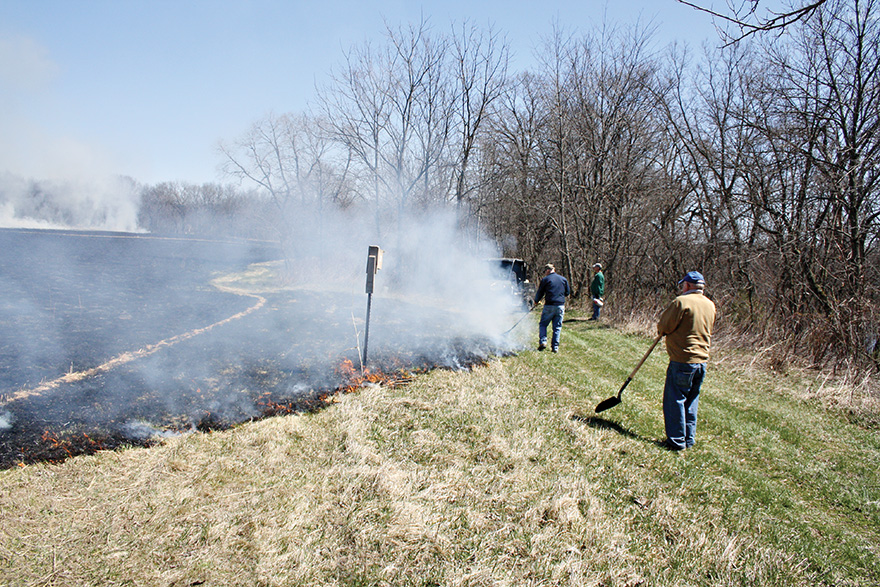




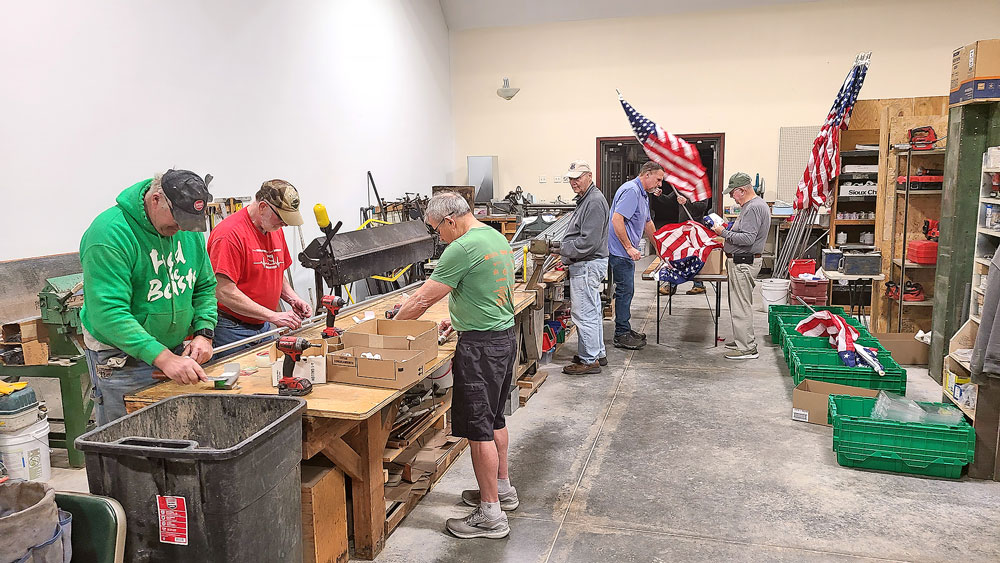


Social Share